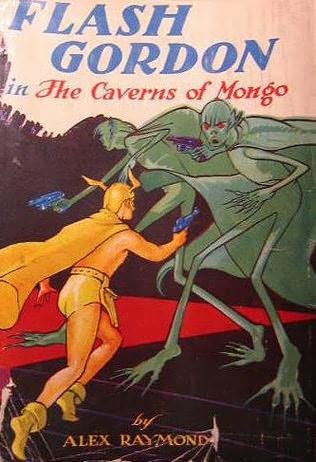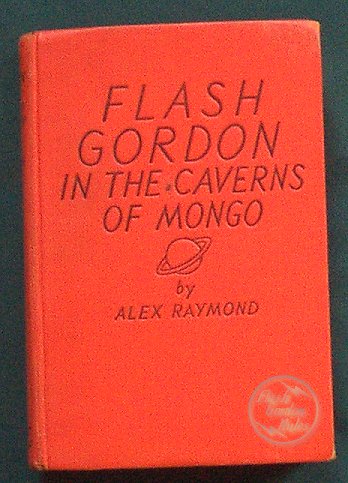Supernatural Spotlight – Episode 6.2 “Two and a Half Men”
Since having children, I’ve found that anything hinting at children in danger is a lot more emotional than it was before. The Curious Case of Benjamin Button would have probably had no real impact on me a few years back, but watching it now those last few minutes, where Button is aging younger and younger, undergoing dementia as his toddler body gets smaller and smaller, forgetting even how to walk … it still haunts my dreams. (I probably should have put a spoiler space there, but if you haven’t seen it by now, you probably aren’t going to.)

So the promos for this week’s episode tell me that it’s going to be a rough one, emotionally. There’s a baby and, from what I can tell, he is either a monster or eaten by one … or possibly both.
The first moments of the episode, as is often the case, are action packed. Camera zooms in on a family photo which is then smacked by a blood soaked hand and falls to the ground. A woman runs through the house, clutching her baby in bloody arms. She hides in the bedroom. The phone gives a busy signal. Someone’s forcing the door open, so she hides under the bed with a baby. There is absolutely no way that this plan will work, and to her credit you get the idea that she knows it, but this is a horror series after all and it’s not like she had a lot of options.
Holy crap, Dad’s bloody corpse is under the bed with them!
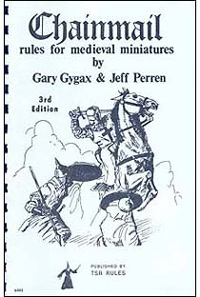 I’m an old TSR module fan, and as such I’ve always been intrigued by how the concept of such media came into existence. For the most part they fall in series, kind of like writers follow Tolkien with the concept of connected books and characters in a trilogy. It makes perfect sense, especially if you’re trying to create an extended campaign with a gaming group that meets on a regular basis. Series modules facilitate that, and recently I had the opportunity to chat with one of the original designers of a TSR foundation adventure path, the L Series ‘Lendore Isles.’
I’m an old TSR module fan, and as such I’ve always been intrigued by how the concept of such media came into existence. For the most part they fall in series, kind of like writers follow Tolkien with the concept of connected books and characters in a trilogy. It makes perfect sense, especially if you’re trying to create an extended campaign with a gaming group that meets on a regular basis. Series modules facilitate that, and recently I had the opportunity to chat with one of the original designers of a TSR foundation adventure path, the L Series ‘Lendore Isles.’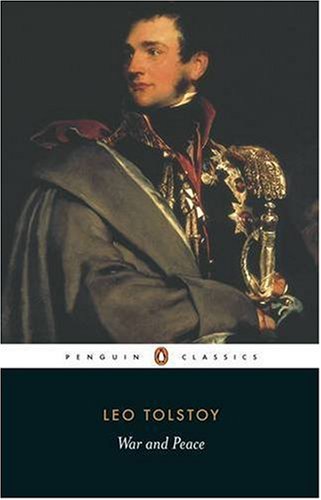 In one of my first posts here, I mentioned that I was hoping to figure out what it is, exactly, that I like about fantasy fiction; what it is I get from fantasy that I get nowhere else.
In one of my first posts here, I mentioned that I was hoping to figure out what it is, exactly, that I like about fantasy fiction; what it is I get from fantasy that I get nowhere else.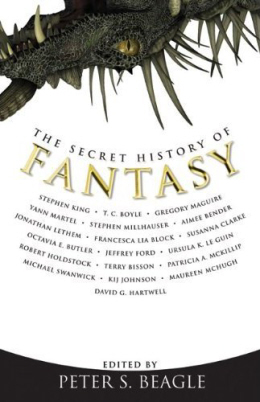
 Hallo again, Ye Faithful Paladins of the Black Gate!
Hallo again, Ye Faithful Paladins of the Black Gate!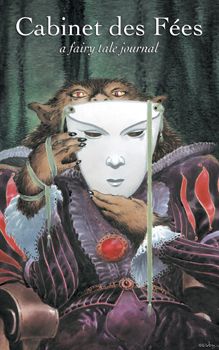


 If you don’t understand the headline, you’re probably too young to remember Max Headroom, originally a British television movie that became a short-lived series for American broadcast (1987-1988) featuring a computer generated talking head–that would be Max–who later became a music video host, a “spokesperson” for New Coke (and if you don’t know what New Coke was, you’re really too young to care about this), and later brought out of retirement in the United Kingdom to explain the switch from analog to digital TV (this, you might remember). Though, today, any 12 year old with a cheap laptop could probably program a character like Max, back in the 1980s this was beyond the technical reach and budget constraints of broadcast television; Max was played by Canadian actor Matt Frewer outfitted in a latex get-up to make him appear pixalated.
If you don’t understand the headline, you’re probably too young to remember Max Headroom, originally a British television movie that became a short-lived series for American broadcast (1987-1988) featuring a computer generated talking head–that would be Max–who later became a music video host, a “spokesperson” for New Coke (and if you don’t know what New Coke was, you’re really too young to care about this), and later brought out of retirement in the United Kingdom to explain the switch from analog to digital TV (this, you might remember). Though, today, any 12 year old with a cheap laptop could probably program a character like Max, back in the 1980s this was beyond the technical reach and budget constraints of broadcast television; Max was played by Canadian actor Matt Frewer outfitted in a latex get-up to make him appear pixalated.